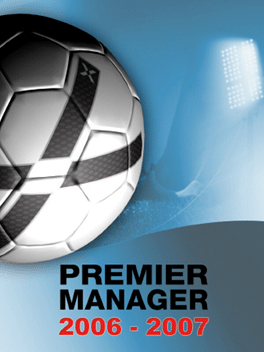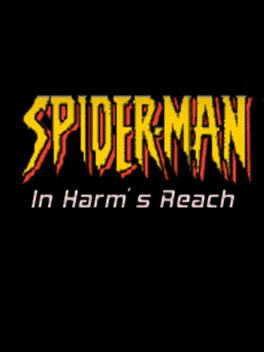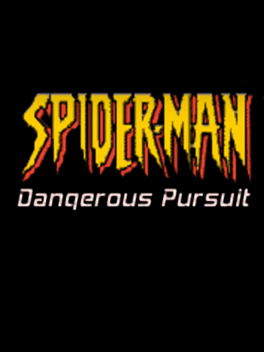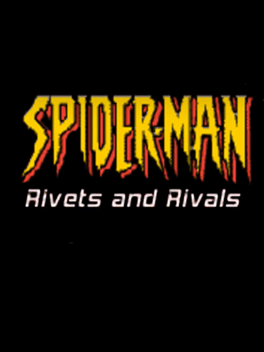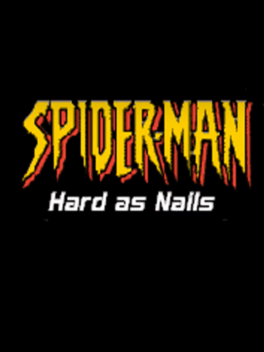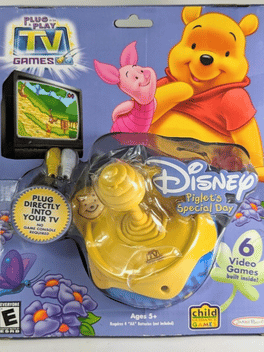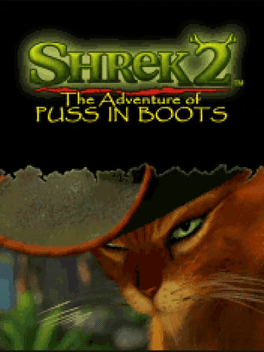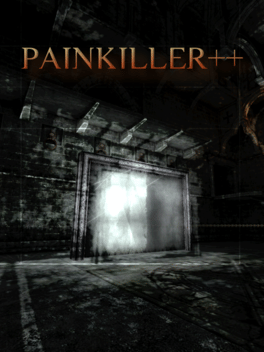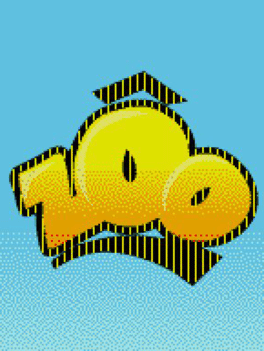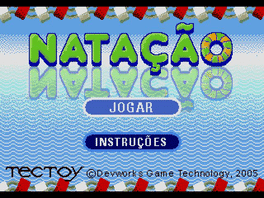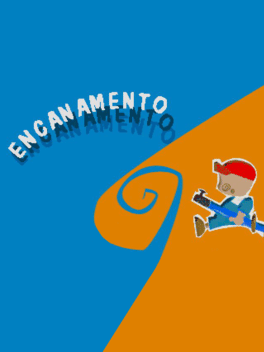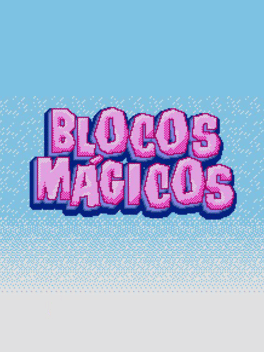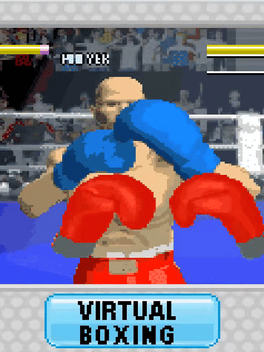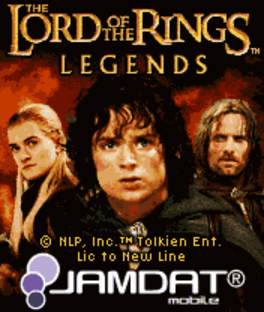New Games - Page 10307
-
Premier Manager 2006-07
2006
Playability is central to the ethos of Premier Manager and 06/07 offers all football fans, young and old, the most accessible entry point to the management genre. -
Myth Makers Super Kart GP
2006
Join the Myth Makers in Super Kart GP. Choose from 8 characters and take up the Super Kart challenge as you race at high speeds through the enchating lands of the Myth Realm. Race against unique characters, or challenge your friends to leagues, cups or time trials. -
Arthur: Dream On
2005
-
In Harm's Reach
2005
-
Dangerous Pursuit
2005
-
Rivets and Rivals
2005
-
Hard as Nails
2005
-
Shrek 2: The Adventure of Puss in Boots
2005
Shrek 2: The Adventure of Puss in Boots is a 2005 Java ME action-platformer developed by Distinctive Developments and published by Eurofun, where players control Puss in Boots on a quest to steal the "Happily Ever After" potion and rescue other characters like Pinocchio and the Gingerbread Man from the Fairy Godmother's clutches. The game is a mobile side-scroller with platforming and action elements, allowing players to experience an adventure through the Shrek universe on their Java-enabled phones. -
Painkiller++
2005
Painkiller++
2005
Painkiller++ is a multiplayer mod that vastly improves the state of the game for competitive play. It was the official mod of the CPL World Tour. -
Zôo
2005
-
Natação
2005
-
Encanamento
2005
-
Blocos Mágicos
2005
-
Win, Lose or Draw
2005
-
Virtual Boxing
2005
Virtual Boxing
2005
A boxing game from Fuzhou Waixing that was released as cartridges for use with a proprietary Sunplus SPG288-based console to play the games on and wireless/wired peripherals. -
Wrecked
2005
-
Happy Tree Friends: Flippy's Flying Frenzy
2005
Happy Tree Friends: Flippy's Flying Frenzy was a Happy Tree Friends cellphone game developed by Daydream and published by Kiloo under license by Signatures Network

